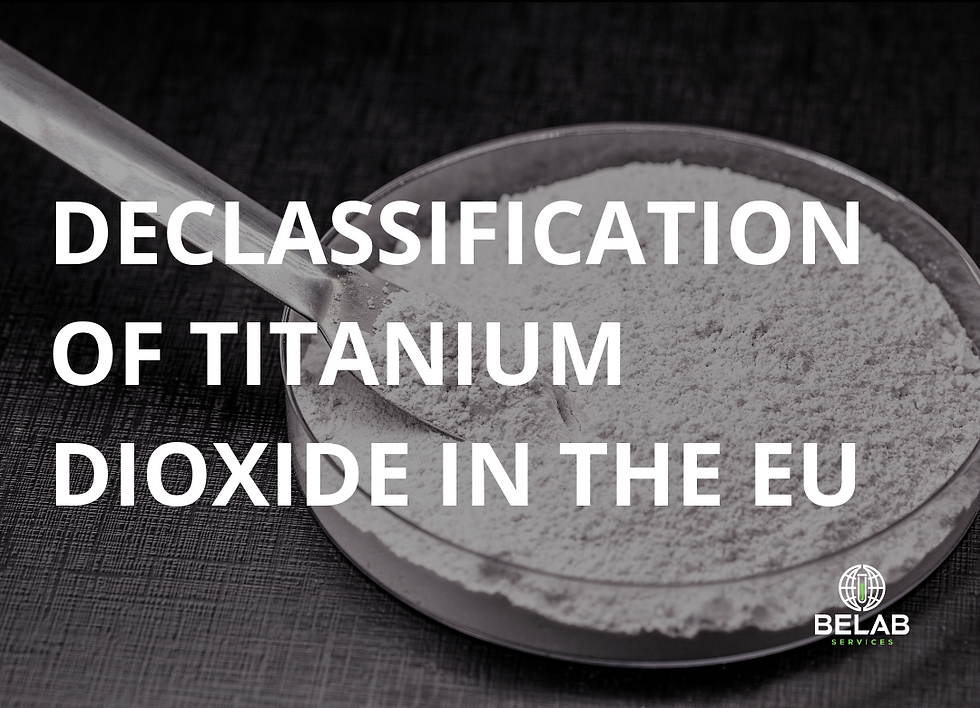Updated: Eropean Union Glossary of Ingredients Common Names
- Daniel Jiménez

- Sep 9
- 2 min read
On July 10, 2025, the European Commission adopted Implementing Decision (EU) 2025/1175, updating the Glossary of Common Names of Ingredients used in cosmetic products. This glossary is a fundamental reference tool for ensuring labeling harmonization in the European market and is included in the framework of Regulation (EC) No. 1223/2009 on cosmetic products.
Table of contents

Contents of the update
The new version of the glossary includes:
Increase in the number of entries: from 30,070 to 30,419 terms.
Incorporation of new INCI names, in line with updates from the Personal Care Products Council .
Linguistic corrections and normalization of previously erroneous or incomplete terms.
Elimination of obsolete terms, replaced by more recent and standardized names.
These amendments aim to strengthen consistency and precision in the naming of ingredients, reducing potential ambiguities for economic operators, competent authorities, and consumers.
Entry into force and application
The decision took effect on July 30, 2025.
It will be mandatory from July 30, 2026, after the twelve-month transition period provided by the Commission.
During this period, companies will be able to voluntarily adopt the new nomenclature on their labels, facilitating a gradual transition to the new regulatory framework.
Implications for the cosmetics sector
The use of standardized common names has several regulatory and practical consequences:
Legal certainty: By using harmonized terminology, companies reduce the risk of regulatory non-compliance in labeling.
Transparency for the consumer: Uniformity of terms makes it easier to identify ingredients, especially in a context of growing interest in the composition of cosmetics.
International consistency: The update maintains alignment with globally recognized nomenclatures (INCI), which favors the competitiveness of European companies in foreign markets.
Conclusion
The publication of Implementing Decision (EU) 2025/1175 and the subsequent update of the Glossary of Common Names of Ingredients represent a significant step in improving the European cosmetics regulatory framework. This measure strengthens transparency, legal certainty, and consumer protection, while offering the industry a reasonable adaptation period to comply with the new requirements.
With its mandatory entry into force in July 2026, the European cosmetics industry will have to ensure that all labels comply with the new designations, thus consolidating a clearer, more coherent, and more accessible market for all stakeholders.
_edited.png)






Comments